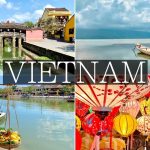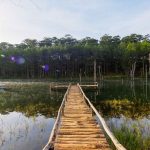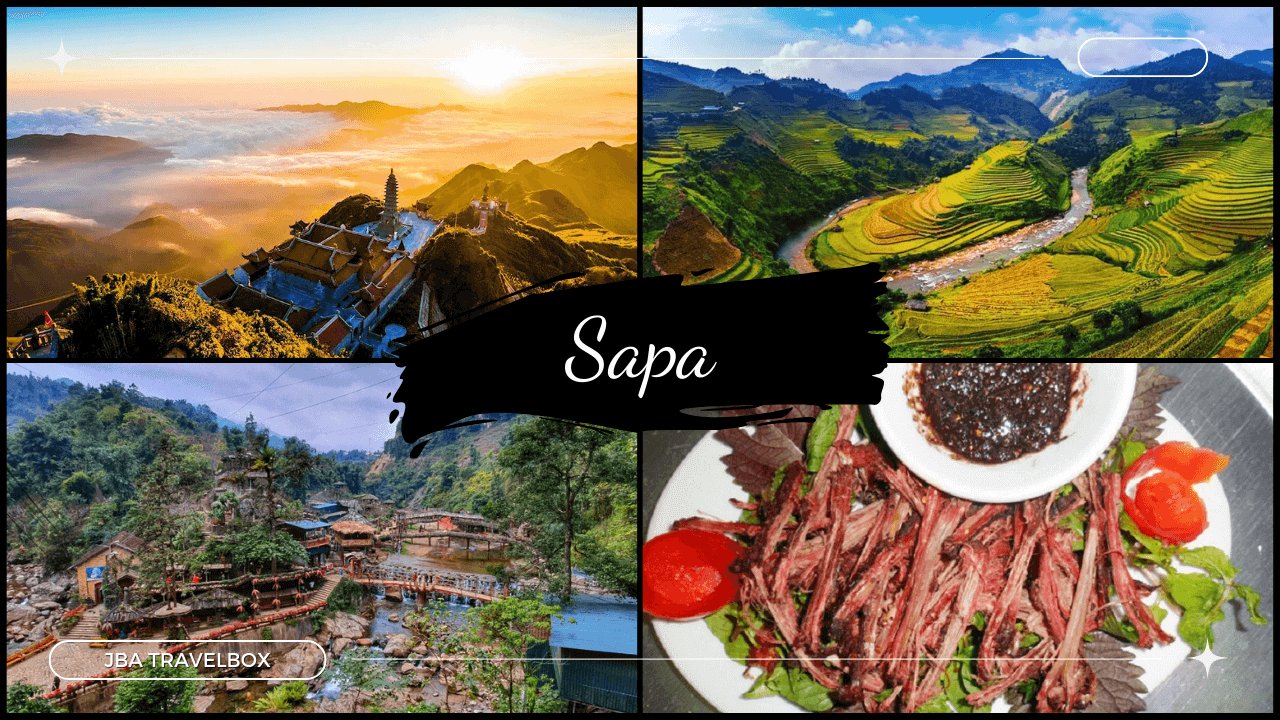
Sapa

SAPA
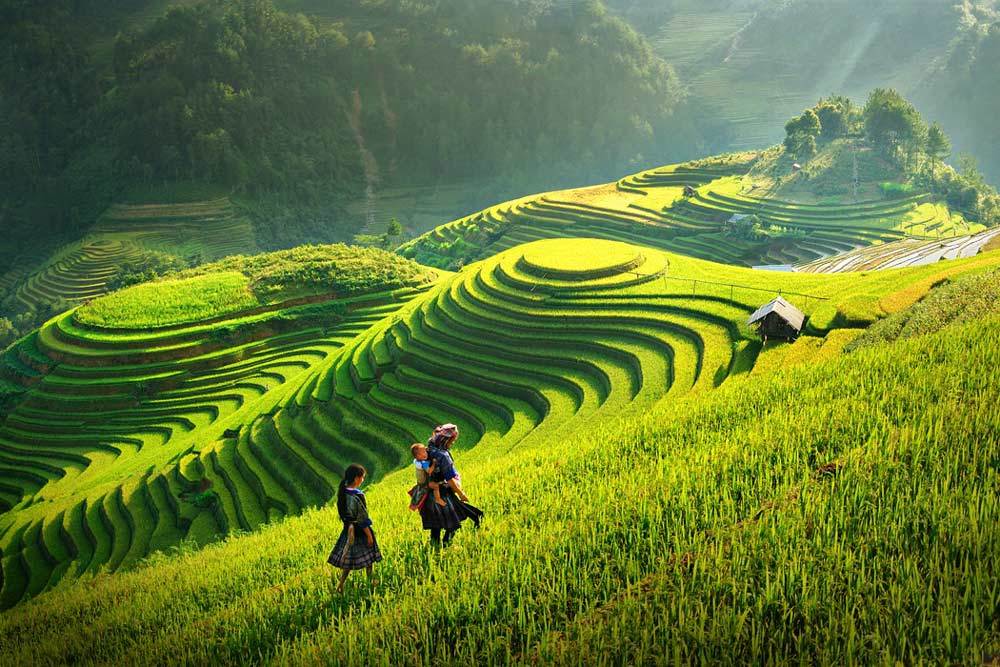
SAPA
Sapa town stands at the head of a deep valley of magnificent rice terraces that are still worked today as they have been for centuries. Backdrops don’t get much more spectacular. Enticing ribbons of road lead the eye down to the valley floor, white-water rivers rush among rice fields, and lush green mountains stretch into the distance as far as the eye can see. The highest peak in the region, Mount Fansipan, crowns the ragged ridge line high above town.
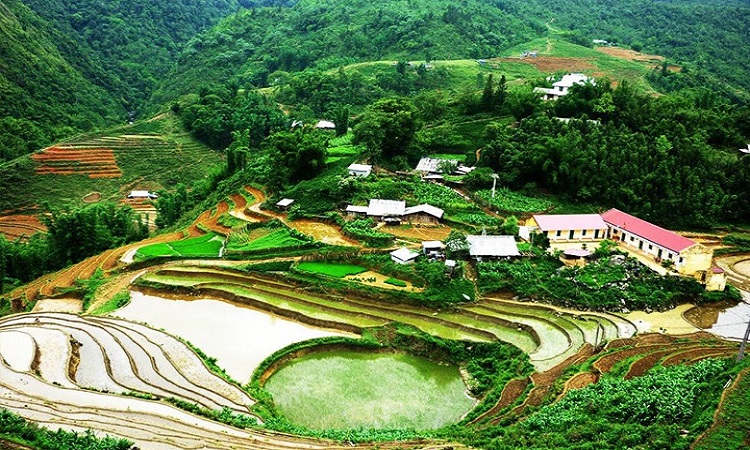
TOP THINGS TO DO IN SAPA:
Summit Mount Fansipan
Until 2016, those who wanted to conquer the 3,143m summit of Mount Fansipan had to trek for two or three days. Today, a 6km cable car journey will whisk you to the top in just 15 minutes. On a clear day, the views from the ‘Roof of Indochina’ are unmatched. Another option for knock-out views is Vietnam’s highest mountain pass, the O Quy Ho, also known as Tram Ton. Hire some wheels and ride skywards from Sapa.
Visit an ethnic minority market
The most famous and visually striking market in the area is Bac Ha, three hours from town. Every Sunday this sleepy little town bursts into life as hundreds of traders from the Dzao, Han, Xa Fang, Tay and Thai tribes descend on the market, decked out in their finest traditional garb. There is a riot of colour, the sound of excited haggling, and the scent of pho cooking over open fires.
Go trekking in the hills
Sapa offers some of Vietnam’s best trekking. If you can rise early and beat the crowds, Cat Cat and Ta Phin are two of the most popular options for day treks without a guide. Further into the landscape, overnight treks will allow you enough time to wander through the rice terraces, bathe in waterfalls and sleep in a traditional family home and experience community life and farming firsthand.
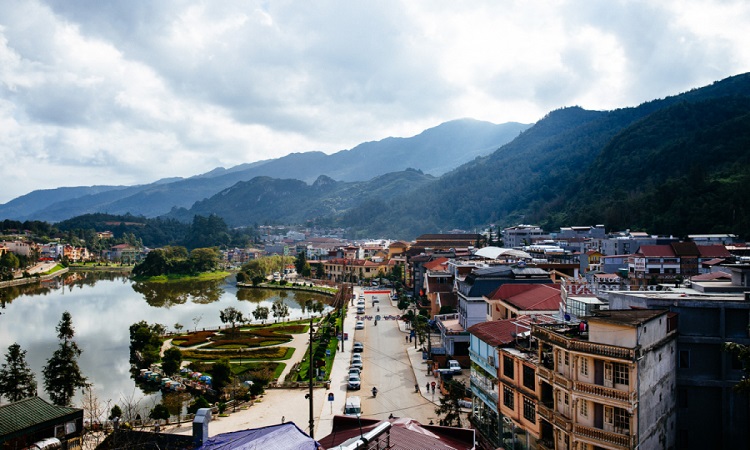
Stay in a mountain lodge
Stay outside the tourist hub of Sapa in more simple comfort at a mountain-top lodge. Sapa is home to excellent lodges and homestays, where you’ll find individual bungalows with private balconies overlooking verdant valleys. Set among the rice terraces, you’re likely to brush shoulders with farmers and other local people as they go about their daily lives.
Get active
Mountain biking is an excellent way to get out and explore some of the lesser-visited corners of Sapa, and there are many half-, full- and multi-day adventures on offer. Time your visit for the Vietnam Mountain Bike Marathon, a multi-day stage race in November, or pencil dates for the Vietnam Mountain Marathon. Now in its fourth edition, the marathon attracts over 1000 competitors who run buffalo-beaten trails ranging from a bamboozling 100km to a more manageable 10km.
SAPA ITINERARIES
24 hours in Sapa
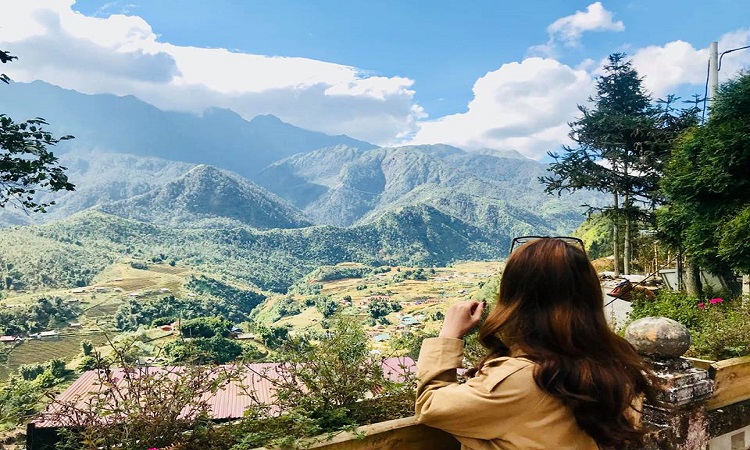
With just a day in Sapa, spring for a morning trek to one of the nearby minority villages before enjoying some local dishes with a jaw-dropping valley view at the Hill Station Signature back in town. In the afternoon, head up to the top of the O Quy Ho Pass for some of the finest views in the land.
48 hours in Sapa
The best way to spend two days in Sapa is to strike out into the hills on an overnight trek. Wander through the rice terraces, bathe in crystal clear waters and sleep and dine in rustic family homes.
Check out –> Sapa Cat Cat Village 2 Days 1 Night or Sapa Ham Rong Mountain 2 Days 1 Night
SAPA WEATHER
The best time to visit Sapa is in September and October when the rice terraces are at their most splendid; or in April and May when the weather is fine and the skies clear. June to August is an ideal period for those who don’t mind hot weather.
TRANSPORT IN SAPA
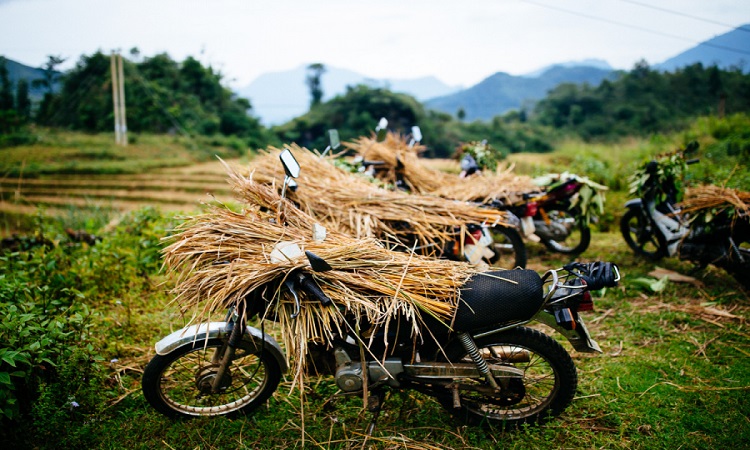
Overnight trains offer the most romantic way to reach Sapa via the province capital, Lao Cai. Alternatively regular buses run from Hanoi with a journey time of around 6 hours, and there are now shuttle vans you can book from the capital to your hotel in the centre of Sapa.
Copyright by Vietnamtourism.

